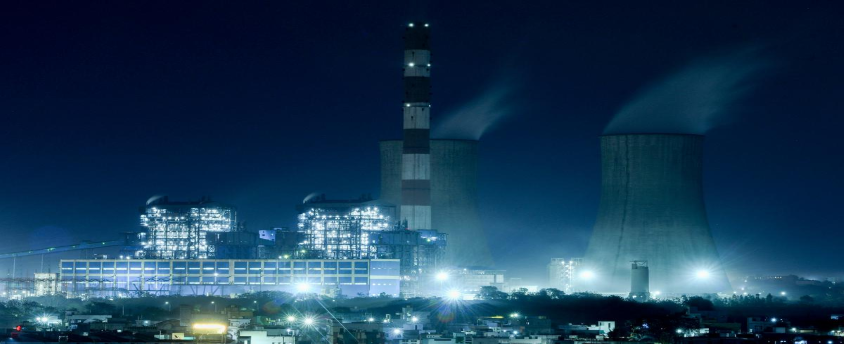Breathing the toxic air of Chandrapur
27, Feb 2023

Prelims level : Environment
Mains level : GS-III Environment & Biodiversity |Climatic Change Conservation, Environmental Pollution & Degradation, Eia
Why in News?
- The coal-fired Chandrapur Super Thermal Power Station (CSTPS) in Maharashtra’s Chandrapur district is a seven-unit facility with a capacity of around 2920 MW. It lies in the Vidarbha region, the coal-rich belt of Maharashtra.
- Chandrapur is known as ‘India’s Black Gold City’. However, it is also one of the most polluted cities in India.
- Apart from mines, Chandrapur also has cement, explosives, paper, and textile factories.
- Air Pollution in Chadrapur and associated concerns:
- The CSTPS plant releases approximately 7,100 metric tonnes of fly ash which is almost equal to the weight of 18 jumbo jets.
- Moreover, it also generates 2900 metric tonnes of bottom ash (it is heavier coal waste that is non-combustible and requires safe storage).
- Notably, fly ash and bottom ash are together known as coal ash.
- In 2019, it was found that Chandrapur had a very high Comprehensive Environmental Pollution Index (CEPI) score of 76.41.
- CEPI monitors the overall environmental quality of industrial areas in India.
- In January 2022, the air became toxic and the air quality index reached a dangerous 400.
- The sulphur dioxide (SO2) and nitrogen dioxide (NO2) emissions were also found to be extremely high than the standard limit.
- According to a study conducted in June 2020, 32% of the surveyed street vendors complained of respiratory tract infections.
- Similarly, a report published by the Centre for Research on Energy and Clean Air (CREA) in February 2022 showed that the operation of units at CSTPS in 2020 could be linked to an estimated 85 premature deaths in Chandrapur and 62 in Nagpur. However, a defamation notice was issued by MAHAGENCO (Maharashtra State Power Generation Co. Ltd) against the report.
- The respiratory issues have increased considerably in the area around the plant. It is highlighted by the environmental activists that the CSTPS has been flouting environmental norms.
- The Maharashtra Pollution Control Board (MPCB) further highlighted in September 2021 that seven million metric tonnes per annum of ash were dumped in the bund and the plant stores ash in an unscientific manner.
- A pipe that carries fly ash slurry from the thermal plant to the ash pond also leaked right over the Erai river (the lifeline of people of Chandrapur) in March 2022.
- According to the Flyash Watch Group, 76 slurry leak incidents were reported in India in the previous decade.India produces nearly 180 million metric tonnes of fly ash annually and it majorly remains untreated and unrecycled.
- As per the Centre for Science and Environment, one in every two coal-based plants flouts environmental norms.
Existing provisions to control air pollution:
- According to the new rules, the government has mandated 100% fly ash utilization. This implies that all coal power plants must reuse 100% of their fly ash within three years or face a fine of ₹1,000 per tonne.
- Notably, despite several concerns, the CSTPS has always obtained ‘consent to operate’ from the National Green Tribunal and the Pollution Control Board.
- The Indian government has issued a notification demanding the installation of flue gas desulphurization (FGD) units and the safe disposal of fly ash.
- FGD is a system that can curb SO2 emissions by up to 80-90% in some units.
Way Ahead:
- FGD should be installed at all thermal power plants.
- Fly ash should also be effectively reused.
- Efforts should also be made to constantly monitor and keep the contaminants’ concentrations in drinking water well within the safety limits.
- Moreover, state-run power plants should operate lawfully considering the impact on the lives of local residents.







